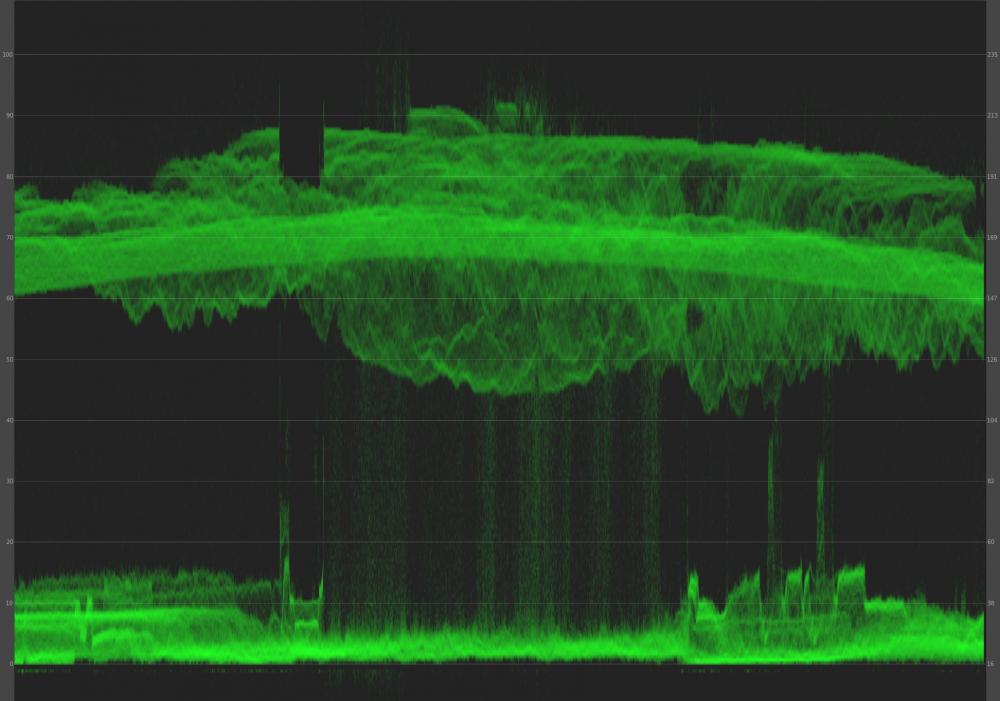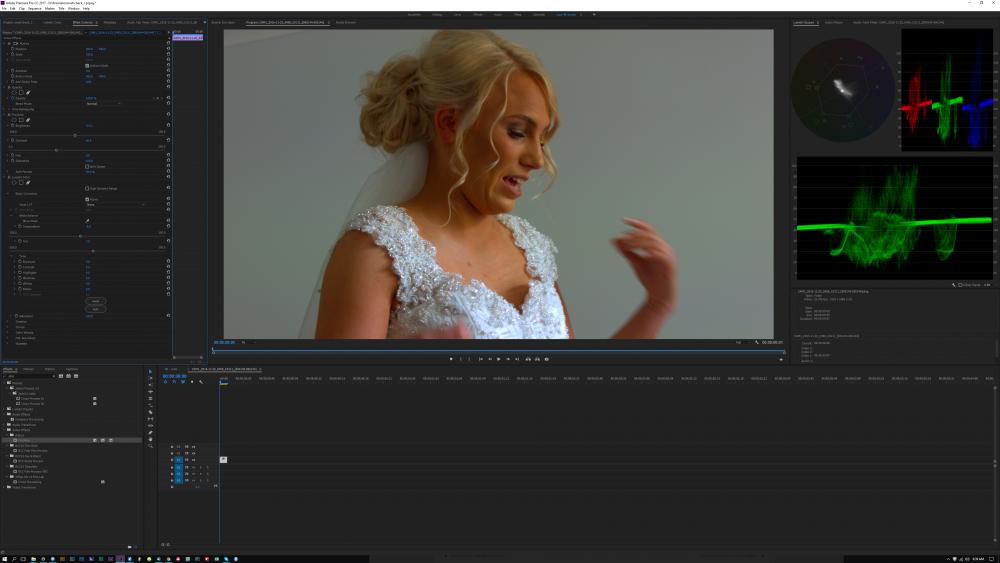-
Posts
227 -
Joined
-
Last visited
Content Type
Profiles
Forums
Articles
Everything posted by Cary Knoop
-
The statement above does not make any sense. If you do not transcode a video file you don't have a proxy for it.
-
While selecting a YouTube video I got an add about an upcoming film scoring master class by Hans Zimmer. Anyone has experiences with similar or other masterclasses from this website or alternatives? Or any other advice? https://www.masterclass.com/classes/hans-zimmer-teaches-film-scoring?utm_source=Paid&utm_medium=YouTube&utm_term=Aq-Prospecting&utm_content=Video&utm_campaign=HZ&gclid=CjwKEAiA1ITCBRDO-oLA-q_n8xYSJADjBQfGL-BTirp1ROYnBZEL6gAy1mmytmNFbJ-d9QZvWUohUxoCD_rw_wcB Disclaimer: I have no affiliation with Hans Zimmer whatsoever I am simply interested in the topic as my film scoring ability is rather sub par to say the least. .
-
Settings were Natural -1, -1, -4, 0 with iDynamic. As any filter I believe it should be used in moderation, no filter can make massive improvements without harming other things. But a stronger DeBlock setting is certainly possible. -5 on the contrast will not give you a higher dynamic range, it will simply compress the luminance values. Obviously it was simply a shot demonstrating DeBlock, and in fact you are right I could have made the shot with a higher exposure without clipping. As you can see from the scope we have enough room for a higher exposure. And of course values need to be brought into legal range.
-
Well think about it, the contrast setting changes the luminance values only, it does not change the actual dynamic range. So what you effectively do is compress the number of possible luminance values. That information is lost it cannot be uncompressed in post. Similarly for saturation you compress the UV vector. So what would be the point? I really do not see the point in lowering sharpness, I cannot spot any edge enhancement effects on the GX85, -1 seems harmless so I put it on -1 but I do notice resolution loss when sharpness goes down. With respect to noise I do set it to -3 (and -4 with high ISO). The noise reduction of the GX85 seems to be dynamic as it really kicks in at higher ISOs and I find this noise reduction unpalatable, to me the results almost looks like a water color painting, I prefer being stuck with a noisier picture. However noise and the ability to compress effectively is of course a trade off for we only get 100Mb/s. The GX85 codec does provide illegal highlights so it is very important in post to bring them at legal values first otherwise you run the risk of clipping your highlights. I like the Natural profile and use iDynamic at the Standard level.
-
It appears you are wrong: http://www.hdmi.org/manufacturer/hdmi_2_0/hdmi_2_0_faq.aspx You can do 4K@60 with 4:4:4 8bit, or you can do 4K@60 with 4:2:0 10bit but for 4K@60 with 4:4:4: 10bit you need DisplayPort.
-
I would love to be corrected but it is my understanding that you cannot do all those three things at the same time over HDMI but you can over DisplayPort (which is not available for this model). Still it looks like an interesting TV/monitor.
-
I think that content providers should always aim for the best available quality and resolution, after all content is made for the future not just for today!
-
This may be your personal preferred style but I think that the colors way too flat.
-
For indoor you need good lights the rest will only make things even better. But without good light even a million dollar camera will still give you a bad results.
-
Manual, mostly 180 degrees but I am flexible. Aperture is most important to me and obviously depends on the scene.
-
The pixel density for a 40-43 inch 4k monitor is just fine. It is not huge at all and I would not go any smaller than 40 inch.
-
If true then this industry is in a sad state of affairs: Discrimination of people (students), stereotyping of people (lazy) and ostracizing people because they are critical (and no, i'm not talking about extremes like talking on set).
-
Jeez, North Korea looks mild in comparison!
-
i think that is a great idea(I have a 4K monitor myself). But I would make sure the monitor is: o Around 40 to 43 inch. o Able to handle 4:4:4 color @60fps I am waiting for an OLED monitor in the 40 to43 inch range which would be wonderful. For professional color grading in Premiere (or other NLEs) use a separate mastering monitor avoiding the OS and GPU.
-
I would not recommend the Lumetri exposure slider. I would recommend instead ProcAmp. In ProcAmp reduce Contrast and Brightness but make sure Clamp Signal on the Scopes is off otherwise you cannot see if you clip the signal. Then after this slightly adjust the temperature in the Lumetri panel like so:
-
I think it is a wonderful lens and absolutely worth its money.





